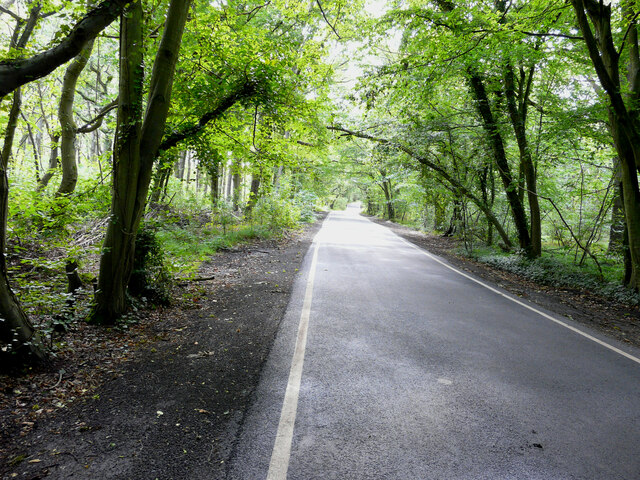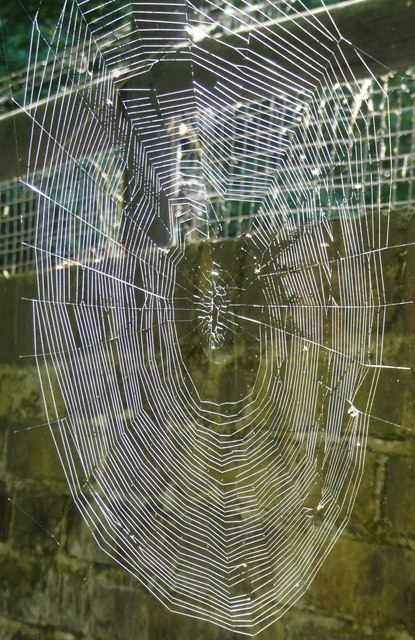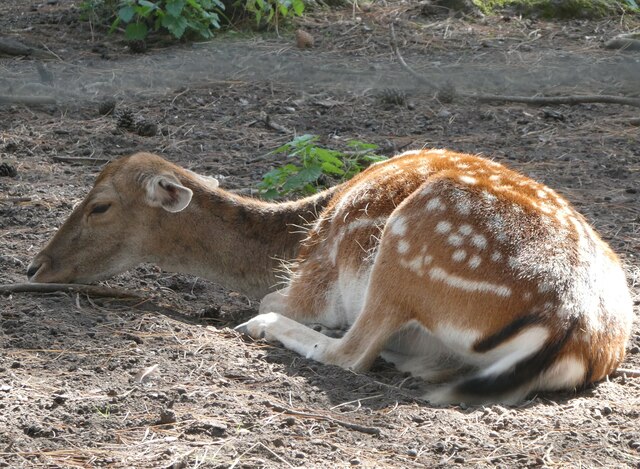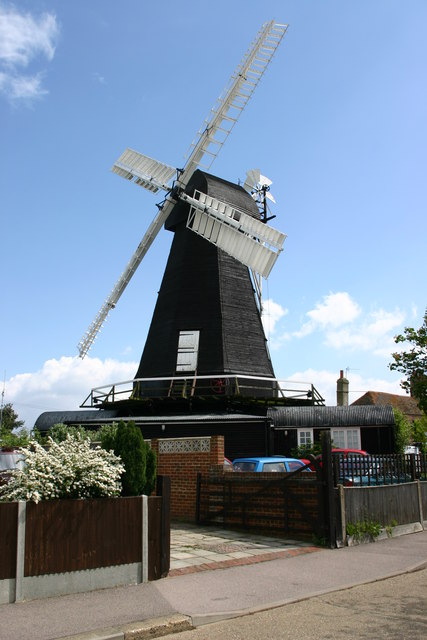East Blean Wood
Wood, Forest in Kent Canterbury
England
East Blean Wood
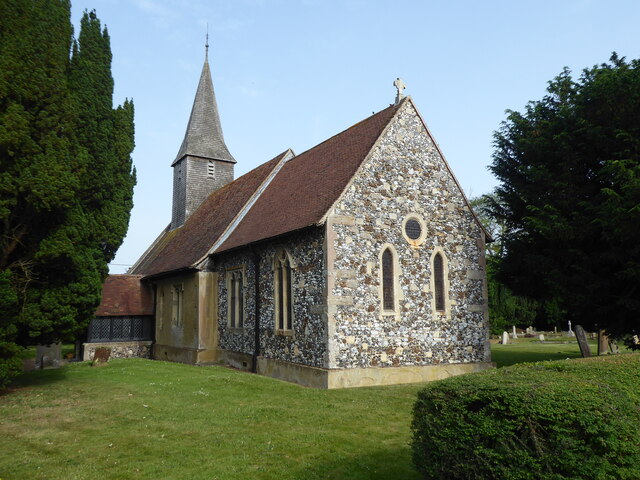
East Blean Wood is a tranquil and picturesque woodland located in Kent, England. Covering an area of approximately 40 hectares, this ancient forest is a designated Site of Special Scientific Interest (SSSI) and a National Nature Reserve. The wood is situated near the village of Blean, just a few miles northeast of the historic city of Canterbury.
East Blean Wood is primarily composed of native broadleaf trees, including oak, beech, and sweet chestnut. The forest floor is adorned with a rich variety of flora, such as bluebells, wood anemones, and wild garlic, creating a vibrant and colorful display during the spring months. The wood is also home to a diverse range of wildlife, including several species of birds, mammals, and insects.
Visitors to East Blean Wood can explore the numerous walking trails that wind their way through the forest, allowing them to immerse themselves in the natural beauty and tranquility of the surroundings. These trails provide an opportunity to observe the woodland's wildlife up close and to learn about the various habitats and ecosystems within the forest.
The wood is managed by the Kent Wildlife Trust, which works tirelessly to preserve and protect the natural heritage of the area. They actively engage in conservation efforts, ensuring the long-term sustainability of the woodland and its inhabitants.
East Blean Wood offers a peaceful retreat from the hustle and bustle of city life, providing visitors with a chance to connect with nature and enjoy the beauty of an ancient forest.
If you have any feedback on the listing, please let us know in the comments section below.
East Blean Wood Images
Images are sourced within 2km of 51.335819/1.1388762 or Grid Reference TR1864. Thanks to Geograph Open Source API. All images are credited.










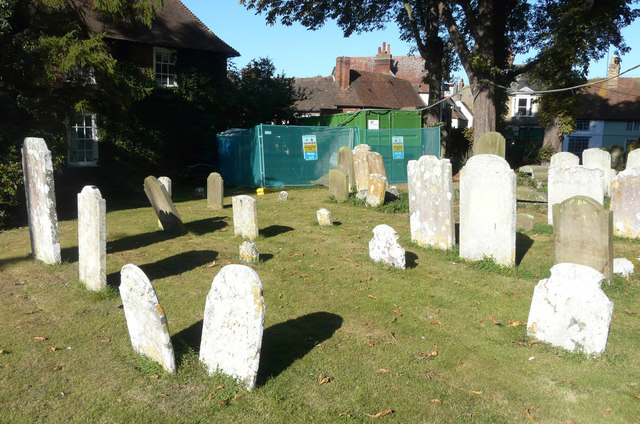
East Blean Wood is located at Grid Ref: TR1864 (Lat: 51.335819, Lng: 1.1388762)
Administrative County: Kent
District: Canterbury
Police Authority: Kent
What 3 Words
///model.charm.banana. Near Sturry, Kent
Nearby Locations
Related Wikis
East Blean Woods
East Blean Woods is a 151.4-hectare (374-acre) biological Site of Special Scientific Interest south of Herne Bay in Kent. It is also a National Nature...
Maypole Airfield
Maypole Airfield (ICAO: EGHB) was a general aviation airfield located 2.5 miles (4.0 km) south of Herne Bay, Kent and 5.2 miles (8.4 km) north east of...
Curtis Wood
Curtis Wood is a 5.3-hectare (13-acre) Local Nature Reserve in Herne in Kent. It is owned and managed by Canterbury City Council.This wood has diverse...
Wildwood Discovery Park
Wildwood Trust (formerly known as Wildwood Discovery Park) is a woodland discovery park in Herne, near Canterbury in Kent, England. It features over fifty...
Herne and Broomfield
Herne and Broomfield is a civil parish and electoral ward within the City of Canterbury. The parish is situated to the north of Canterbury in Kent. The...
Herne, Kent
Herne is a village in South East England, divided by the Thanet Way from the seaside resort of Herne Bay. Administratively it is in the civil parish of...
Hoath
Hoath is a semi-rural village and civil parish in the City of Canterbury local government district. The hamlets of Knaves Ash, Maypole, Ford, Old Tree...
Calcott, Kent
Calcott is a hamlet in Sturry parish, in the Canterbury District of the English county of Kent. It lies on the A291 road, about 1+1⁄2 miles (2.4 km) north...
Related Videos
Walking with Parkinson's
Video from Vasilakis Panteli.
Herne Village Part 2, Kent, UK, A walking history tour guide of Herne Village using old postcards.
I have a fascination for old postcards, this video of Herne (part 2) where I used to live may interest you. All the black and white ...
Herne Village a Walking History Tour Guide Using Old Postcards Kent UK
Herne Village, Kent, UK, A walking history tour guide of Herne Village using old postcards. I have a fascination for old postcards, ...
Chislet, Marshside, Hoath Village, Chez Laurie, a History Tour Guide Using Old Postcards Kent UK
Chislet, Marshside & Hoath Village, with a look at where the Chez Laurie was built. A walking history tour guide of Chislet, ...
Nearby Amenities
Located within 500m of 51.335819,1.1388762Have you been to East Blean Wood?
Leave your review of East Blean Wood below (or comments, questions and feedback).
